pv magazine USA appreciates the hard work, and personal energy, that so many professionals put into making Solar Power International in Salt Lake City such a great show. Getting a chance to focus on the gear, shaking the hands of the names you know from the phone, and figuring out what’s going to fit in your project the best is the meat. And there’s a lot of meat.
That’s CEO Suvi Sharma of Solaria in front of his company’s PowerXT 370 Wp residential solar module. The all black module is really a challenge to photograph – but that’s the purpose. The company also released their AC solar module with an Enphase microinverter. Had a great talk with Sharma at the show, and a full article is coming.
Hukseflux USA makes Pyranometers to help you understand explicitly what the solar resources are at your site, and to compare your performance measured from hardware versus what it potentially could be. If you find that this hardware and your modules aren’t lining up, you’ve got something to investigate – is it dust? Funky hardware? Bad wiring? A bad meter? You’ll find out soon enough…
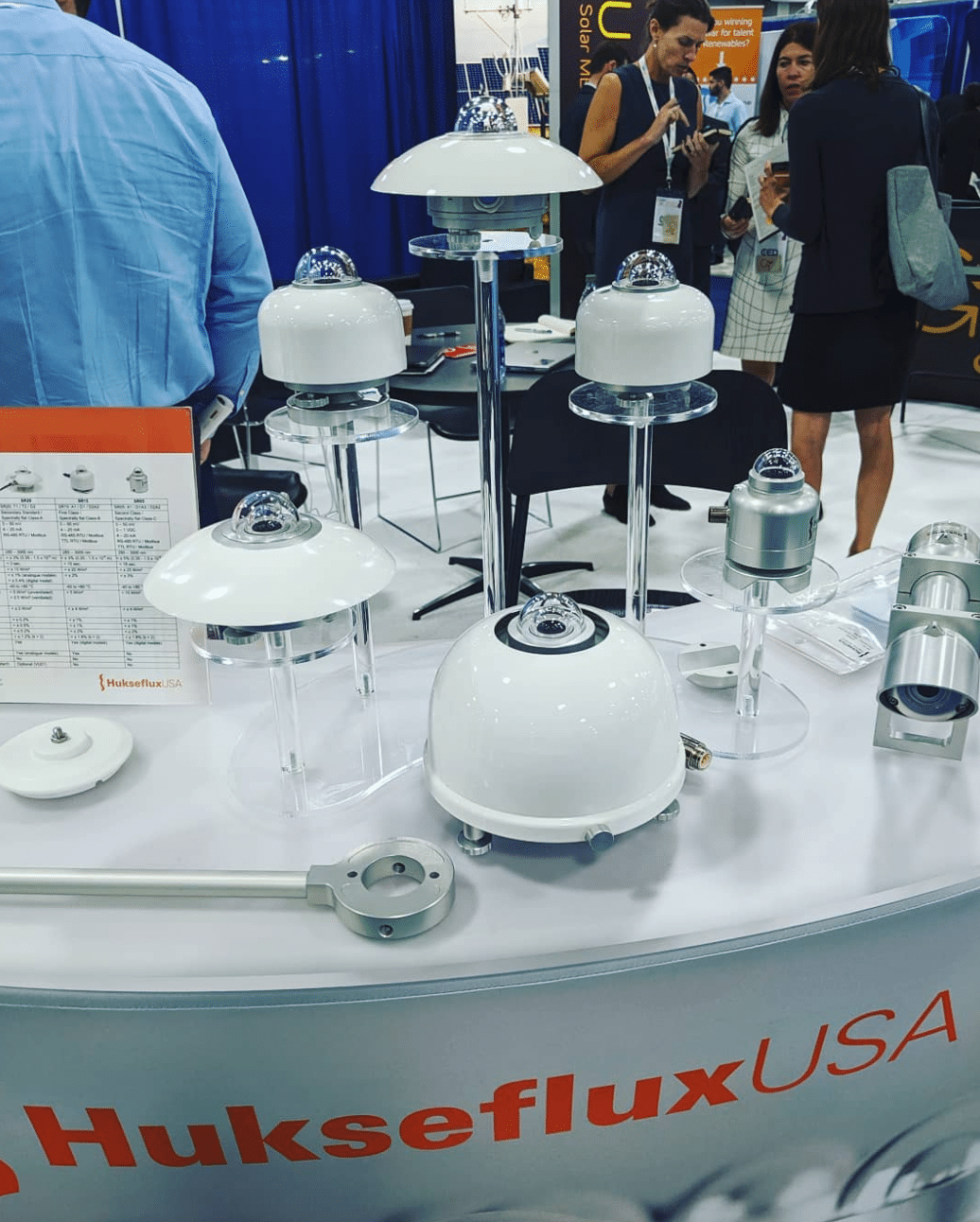
I’m going to review Span’s hardware soon. I’m very interested in the evolution of home electric panels. I saw their booth a bunch of times, but didn’t get to talk to them. So far, their website and their PR isn’t really giving out much detail, so be patient while I get a hold of what’s going on inside of this.
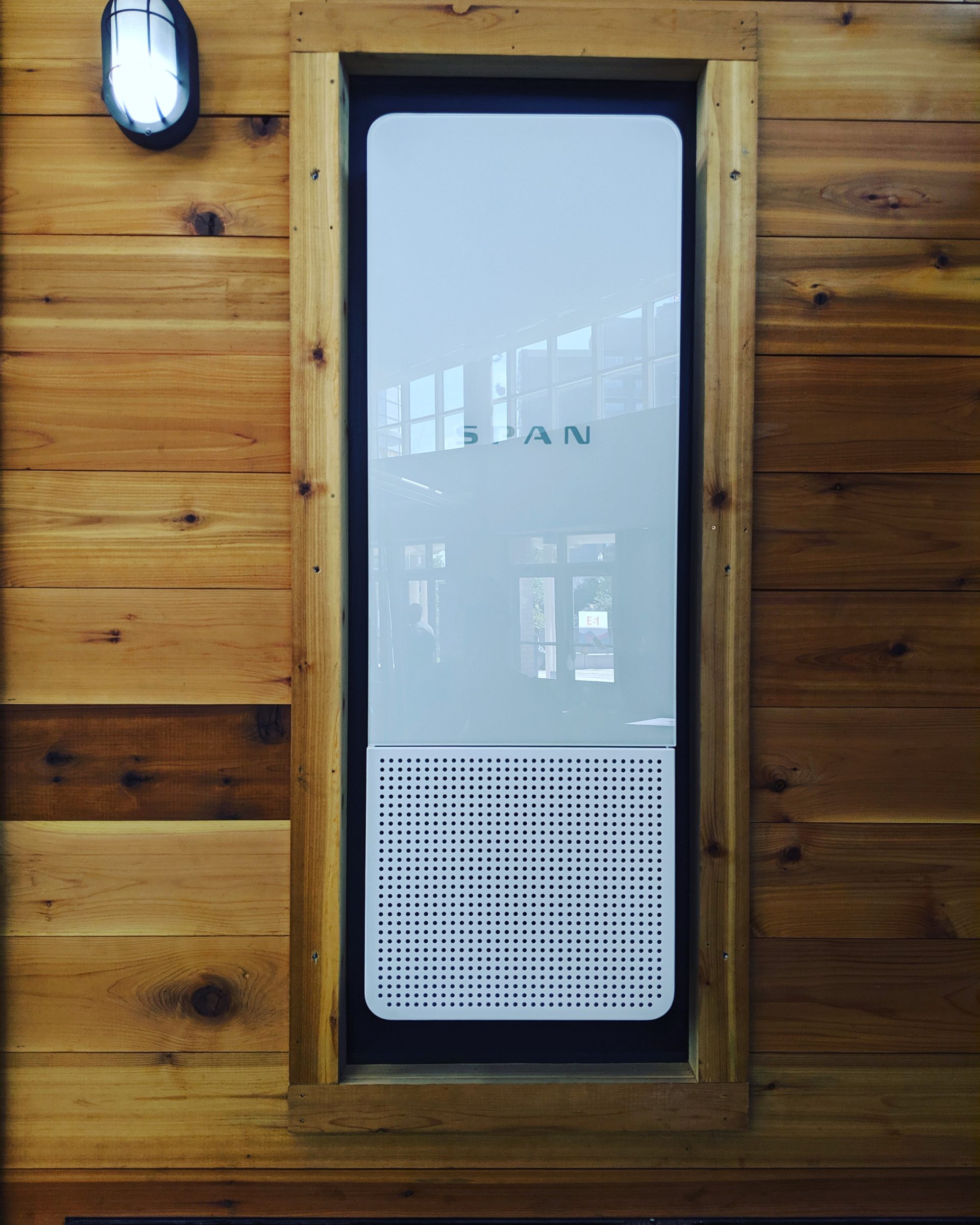
Good tools matter, really they do. I spent time at SPI on the Quality Roundtable, and my portion of the presentation was about fires (thermal events is the technical term). The root causes circled connectors and the folks making the connections. Rennsteig Tools makes some of the best crimpers I’ve touched. Of course, having solid tools is only a part of the equation.
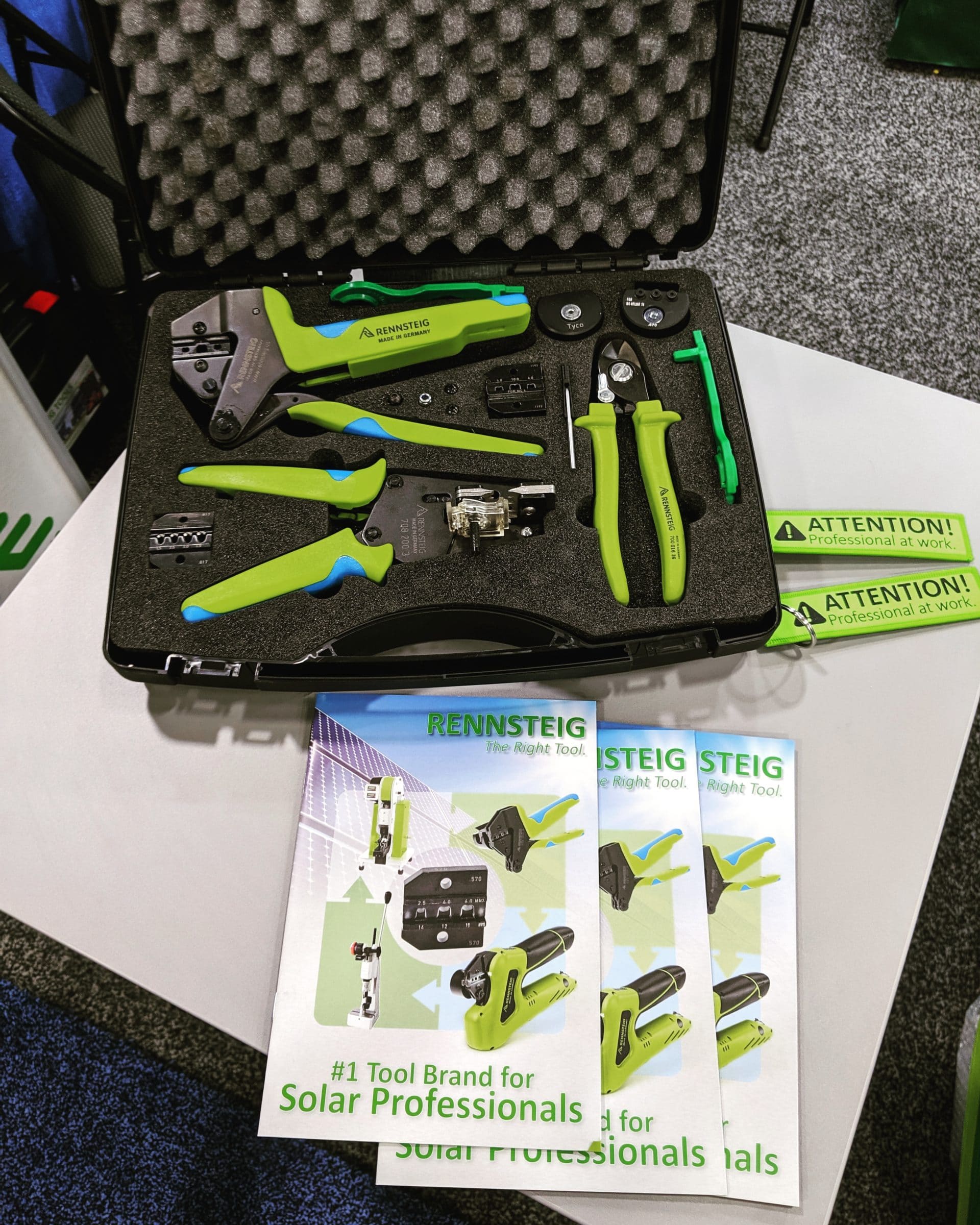
That’s a 250 kW inverter down there. And those individual blades are 42 kW each. Team Brek Electronics is the designer. It’s not available today, but one day it – or something like it – will be. The unit uses a silicon carbide based composite architectures. The company’s Department of Energy American Made Challenge page goes into a bit more detail. Also, the team members – literally – wrote the book on the physics of power electronics.
LG has launched new solar modules at higher efficiencies, had a cool solar rooftop for a car on display – and also launched their own AC solar modules with their own microinverter (not Enphase’s they said). Looks thin and sleek, but you’ll never actually see it in real life – as it’ll be hid under your modules.
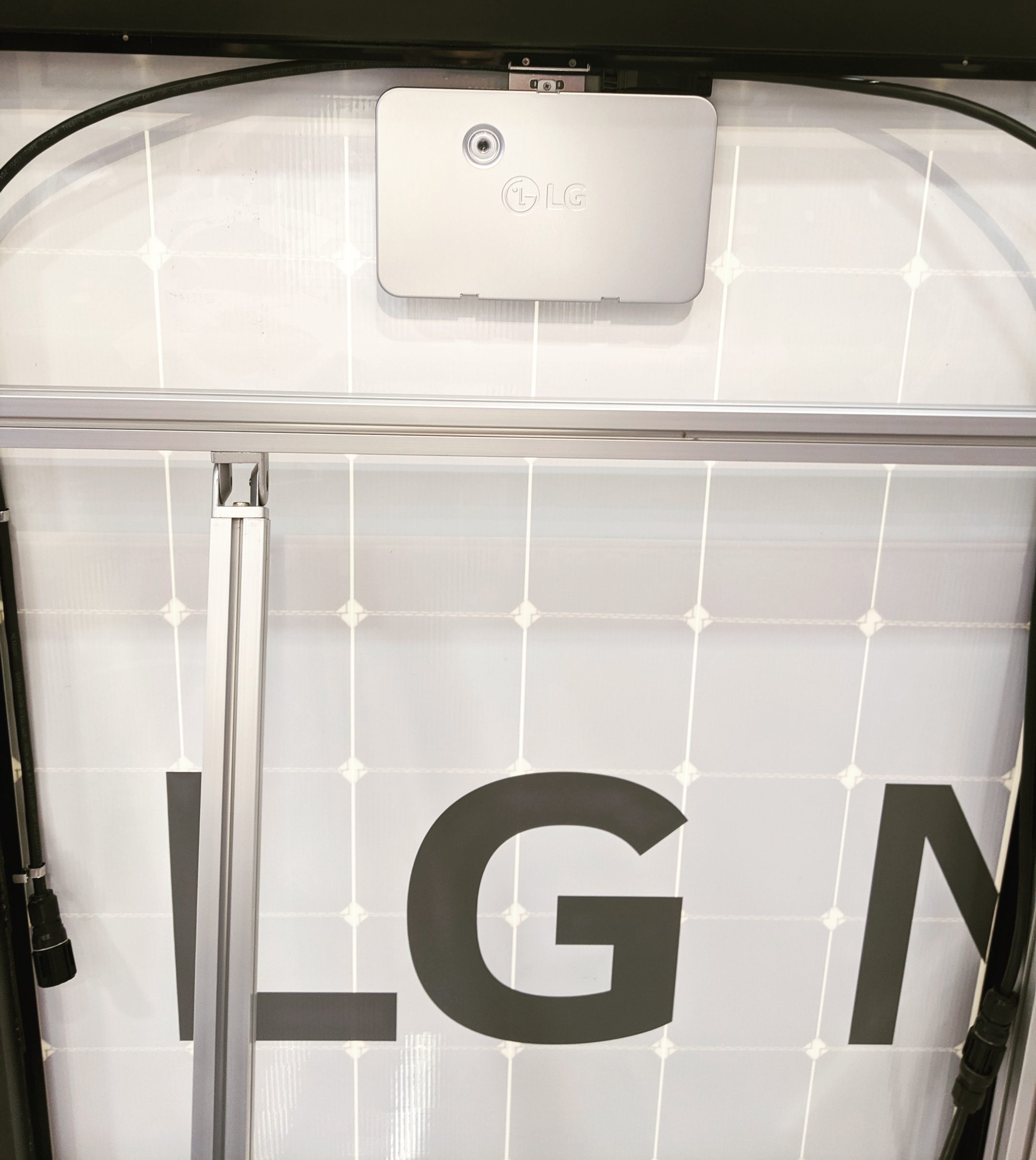
I really like including a picture of ground screws, because I imagine that if I had one of these as a child, I’d have done something really cool with it. Unit is manufactured by American Ground Screw.

That there is a SolarEdge 40 kWh commercial energy storage product that is projected to come to the U.S. market in May of 2020. The unit was noted as being both compatible with AC and DC coupling. SolarEdge bought South Korean battery manufacturer Kokam, and is continuing to sell utility scale products labeled by Kokam, and expanding the facility towards 2 GWh/year in manufacturing capacity. We’re going to have a story on them based on an SPI interview soon enough.

Well folks, that’s what I got for you. I hope you learned something, saw some new hardware, or just enjoyed the pretty pictures. SPI Salt Lake City 2019 was a great show me for, and I look forward to visiting Anaheim, California for the show next year.
This content is protected by copyright and may not be reused. If you want to cooperate with us and would like to reuse some of our content, please contact: editors@pv-magazine.com.
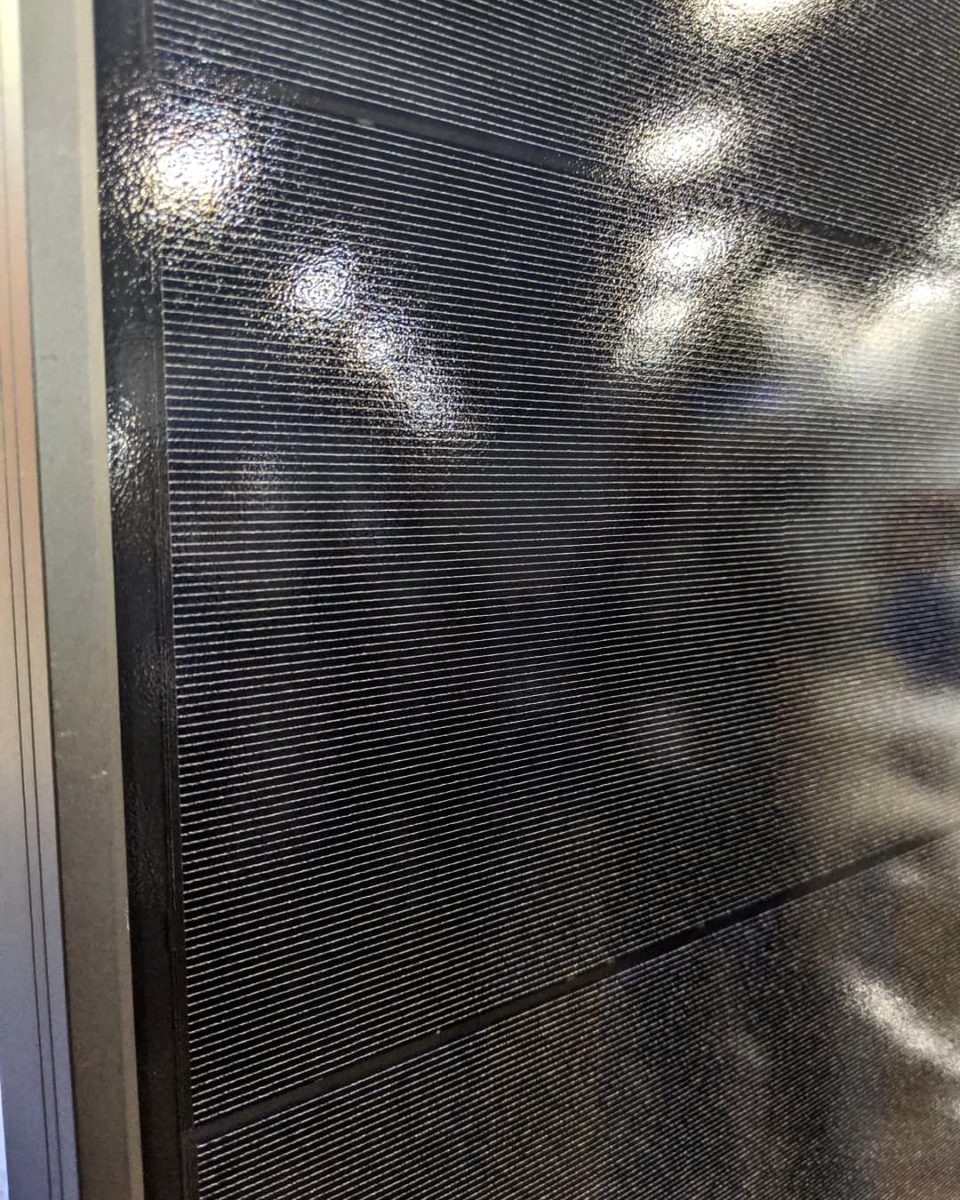













“That’s a 250 kW inverter down there. And those individual blades are 42 kW each. Team Brek Electronics is the designer. It’s not available today, but one day it – or something like it – will be. The unit uses a silicon carbide based composite architectures.”
Bring it on, silicon carbide, I believe was first developed by CREE has been on a roll since the late 1990’s with this technology. Imagine cheap Variable Frequency Drives for air conditioning units. Simple heat sink cooling even in extreme heat conditions, air temperatures of 120 plus degrees F. VFDs driving small turbines in a “compound” gas to air heat exchanger that would have instead of a scroll compressor, two turbine compressors driven in a two speed configuration. Squeeze just a little more efficiency out of a well known design, the split air conditioning system.
Use this “blade” type system in residential 240VAC systems as a smart inverter. Think about being able to increase the house inverter’s capacity in say 4kW increments. this could become the “next” savings type account. Instead of an insulting 0.5% to 1.0% APY on savings accounts, put in a basic system using this technology and every so often put some money into the system. Start with 4kW and some energy storage, next year add another 4kW, upgrade the energy storage system. Instead of piling all of one’s money into the bank, take a little each year and improve your system capacity. The utilities use CIP to “renew” their systems, why shouldn’t you?
Although you covered many items, Sonnen was not mentioned and new Sunpower modules did not come up. Were they not there? I did not attend, but those were items I wanted to check on. Thanks!
They were there, I just didn’t get a chance to cover them. I can make sure we cover their updates in an upcoming hardware brief.
I’ll make sure to cover them soon though, I feel obligated to you 🙂
Did you see any 4kW or 8kW inverters promoted? It seems this class of inverter is becoming less relevant because of the panel-level microinverters. Are all residential and commercial systems headed for microinverters or is there still a market and design space for gathering PV wires in combiner boxes and feeding DC to the 4-8kW individual inverters?